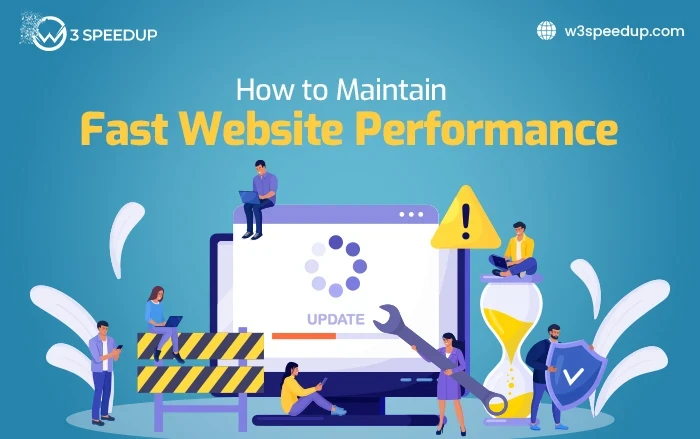Maintain fast website performance is vital for attracting and retaining visitors in today’s digital world. Slow loading time leads to higher bounce rates that affect a website’s search engine ranking. Enlisting the help of Surfshark VPN Service is an effective way to ensure optimum website speed.
A Virtual Private Network (VPN) improves a site’s performance by encrypting the internet connection and routing it through servers worldwide. The results are faster loading times and enhanced user experience. A VPN also helps protect a website from cyber threats and ensures secure data transmissions.
Importance of Fast Loading Websites
Site performance refers to how well a web page functions and loads for users. It includes page load times, site speed, and overall performance. A site’s loading speed is crucial as it impacts its user experience and conversion rates.
High bounce rates caused by slow loading times negatively impact performance. Various techniques, such as optimizing HTML, JavaScript, and CSS files, reducing HTTP request numbers, and using a reliable hosting provider, can improve the site’s performance.
Running speed tests helps identify speed problems and improve the website’s performance. One way to enhance a site is by addressing the core web vitals metrics, like time to first byte, first byte, and the largest contentful paint.
These factors are critical to how well a page loads and functions. Optimizing JavaScript and CSS files and redirect settings helps a WordPress site load faster and improves performance.
A speedy site leads to higher conversion rates and better performance in Google search results. It is essential to run regular speed and performance tests to ensure the website is optimized for speed and efficiency.
Impact of Hosting on Website Speed
Hosting plays a critical role in a website’s speed and performance. The hosting provider chosen significantly impacts the page load time, time to first byte, and overall load time. Choosing a hosting provider that helps speed up and optimize the site speed is essential.
Performance testing with speed testing tools and core web vitals metrics helps identify and address speed problems affecting site speed. Speed optimization techniques like content management systems like WordPress also help improve site speed.
Running speed tests with a free tool like Google Search Speed Test gives insight into how long it takes to load a site and where improvements can be made to speed it up. Improving website speed and load time improves the site’s conversion rates and makes it more attractive to visitors.
Implementing Responsive Design for Speed
Website owners can implement responsive design by following a few tips to improve their website speed. One approach is optimizing the web content and static files by minifying and using a CDN (Content Delivery Network).
It helps improve performance and reduce the site’s load time. Another step is to optimize the web server to ensure the site’s speed and performance are as fast as possible. Address performance issues identified by tools such as Google PageSpeed Insights to ensure the web application does not load slowly.
Some sites use plugins to load content rather than using web content on a web server, causing long load times. Optimizing the static files and web content helps sites load quickly. Implementing responsive design for speed involves ensuring each page is optimized for site performance and speed rather than linking to another page.
 Christmas Mega Sale – Enjoy Up to 50% OFF on Every Plan!
Christmas Mega Sale – Enjoy Up to 50% OFF on Every Plan! 



